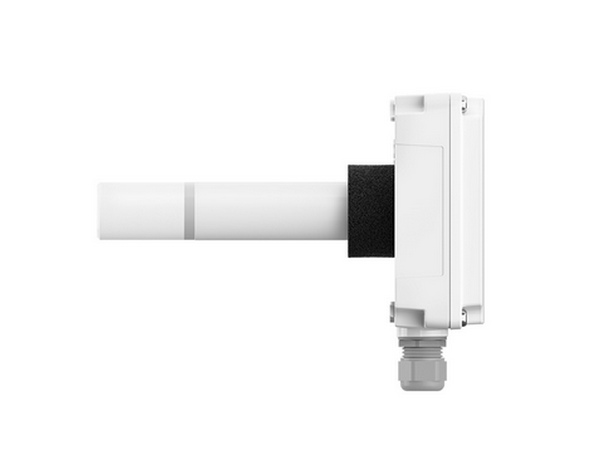To support the growing demand for building, energy efficiency, and sustainability, Vaisala, active in weather, environmental, and industrial measurements, expands its product portfolio for Heating, Ventilation, and Air Conditioning (HVAC) products by launching the new Vaisala GMD110 carbon dioxide transmitter.

According to Vaisala, the Vaisala GMD110 is designed for measuring carbon dioxide in air-handling systems and ventilation ducts in industrial and commercial environments. The GMD110 has capabilities in terms of precision and measurement stability, which support precise and reliable control of HVAC systems even in demanding conditions or sites. The GMD110 is available for demand-controlled ventilation systems and duct-mounted CO2 monitoring in industrial settings.


This IP65-rated transmitter is equipped with the Vaisala CARBOCAP® sensor. "Its structure and reference measurement capabilities make this single-beam, dual-wavelength NDIR sensor reliable with low maintenance needs. Measurement accuracy is not affected by dust, water vapor, or chemicals", the team says.
The new carbon dioxide Vaisala GMD110 Carbon Dioxide Transmitter has an excellent response time and is supplied with a calibration certificate. The product will be available during the second quarter of 2023.
For more information:
Industrial Measurements, Vaisala
Email: [email protected]
https://www.vaisala.com/en
Graham Meller
Email: [email protected]
